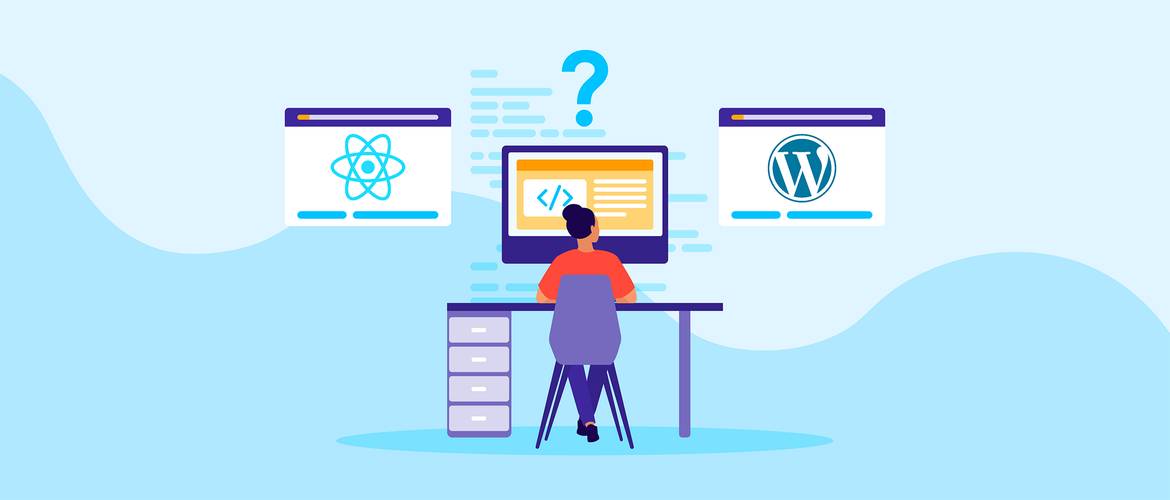When it comes to building websites, React and WordPress are two popular choices, but they’re quite different technologies. React is a JavaScript library for building user interfaces, while WordPress is a content management system (CMS) built on PHP and MySQL. In this post, we’ll take a closer look at the performance of React websites and why they are the superior choice compared to WordPress.
What is React?
React is a powerful JavaScript library for building user interfaces. It was created by Facebook and is now maintained by a large open-source community. React allows developers to build complex, high-performing web applications by breaking them down into smaller, reusable components. This makes it easy to manage and maintain the codebase, and it can also lead to better performance.
What is WordPress?
WordPress is a widely used CMS that powers about 40% of the web. It allows non-technical users to easily create and manage websites, and it also has a large ecosystem of plugins and themes that can be used to add functionality and customize the look of a site.
How does React stack up to WordPress in terms of performance?
First, as a JavaScript library, React utilizes the highly performant JavaScript programming language. This allows React websites to handle complex logic and interactivity on the client-side, which can result in faster and more responsive user interfaces. In contrast, WordPress is built on PHP, which is a server-side language that is generally less performant than JavaScript. This means that WordPress websites may have more overhead and latency when handling complex interactions.
Another key factor that contributes to the performance of React websites is the use of a virtual DOM. The virtual DOM is a lightweight in-memory representation of the actual DOM (Document Object Model), which is the structure of the HTML and other elements that make up a web page. When changes are made to the state of a React component, the virtual DOM is updated before making the corresponding changes to the actual DOM. This allows React to efficiently update only the parts of the DOM that have actually changed, which reduces the amount of resources required to update the page. This makes React website more efficient and faster.
In contrast, WordPress doesn’t use a virtual DOM, so all the updates made in the website, means new request to the server and a new rendering of the entire HTML. This can lead to slower updates and increased resource usage.
It’s also worth noting that the performance of a WordPress website can be improved through optimization, like using a caching plugin, optimizing images and other media, and using a content delivery network (CDN) to serve assets more quickly. However, these optimizations can be time-consuming and may still not reach the level of performance offered by a React website.
When to choose React over WordPress
React is the ideal choice for building complex, high-performing web applications that require a lot of client-side logic and interactivity. Examples include e-commerce sites, social networks, and other types of web apps. React also offers more flexibility when it comes to building custom functionality and scalability compared to WordPress, making it a smart choice for businesses looking to push their marketing websites a bit further.
In conclusion, React offers superior performance when compared to WordPress, thanks to its use of the JavaScript programming language and the virtual DOM. It’s also the better choice for building complex web applications that require custom functionality. While WordPress may be suitable for simple sites and blogs, React is a more robust and powerful solution for building high-performing web applications.
If you’re thinking about building a website, consider choosing React for its better performance and scalability. Get in touch with us today to talk with a React expert that can steer you in the right direction for your new website.




